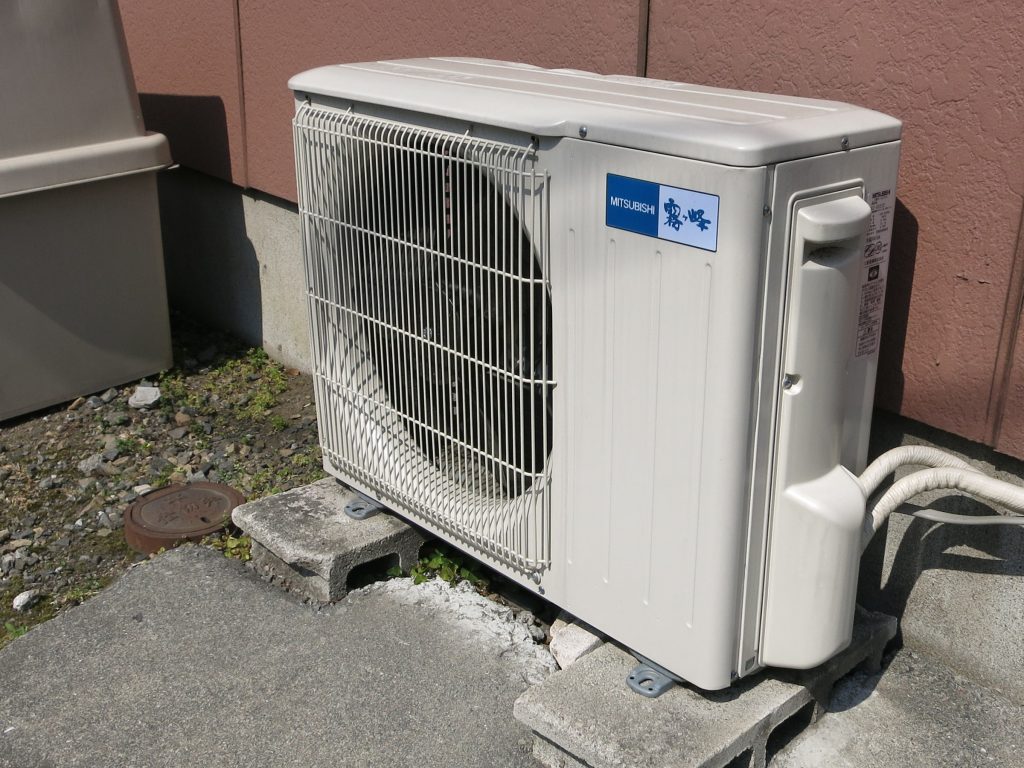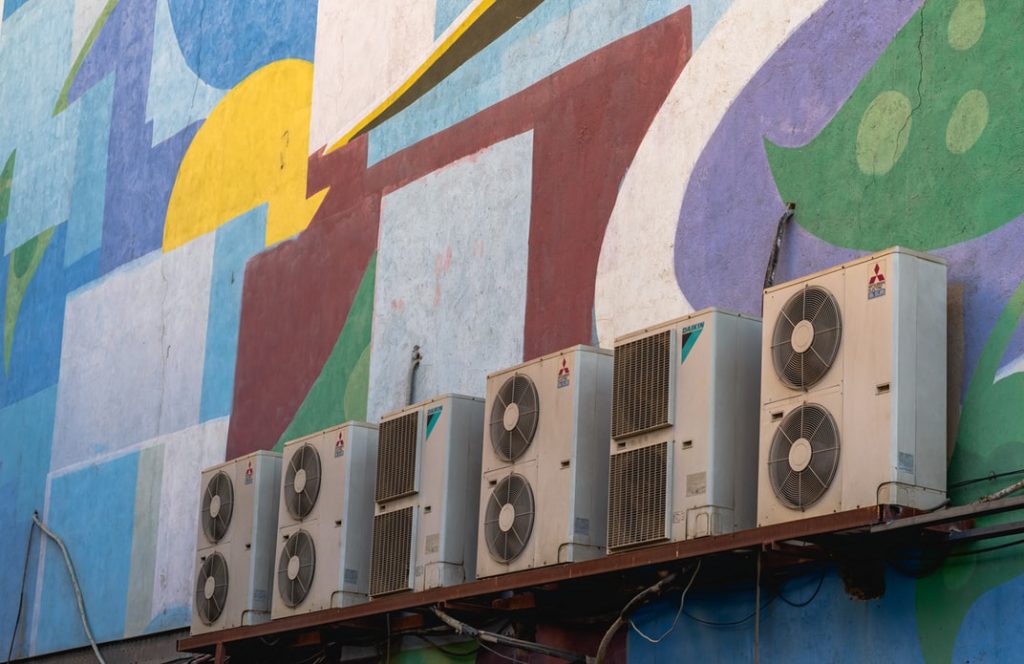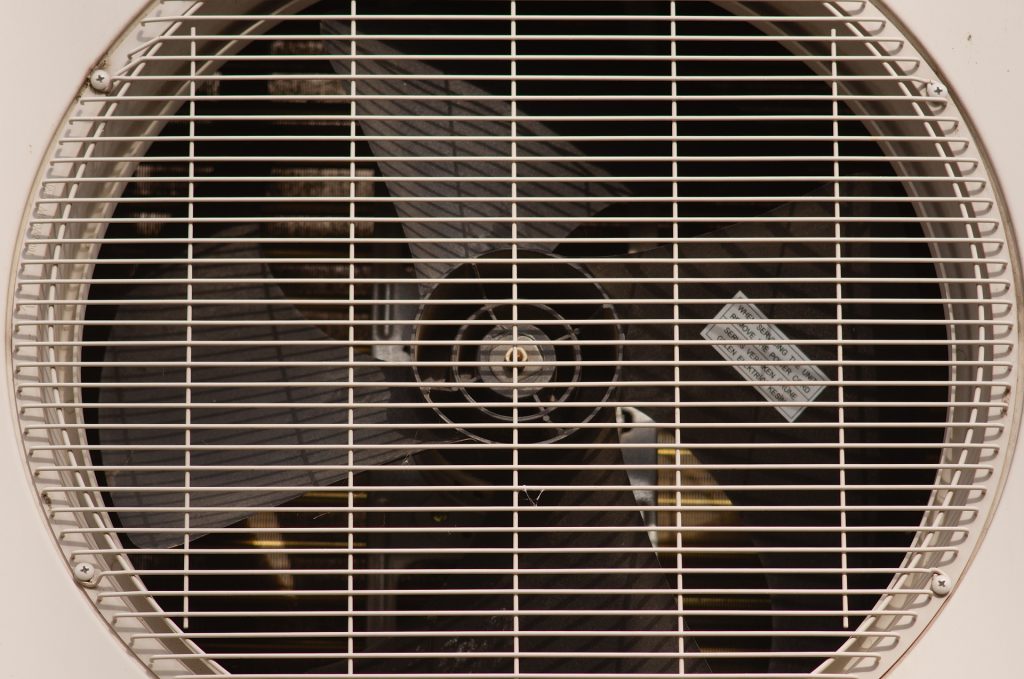Curious about how to put Freon in an AC unit? There are several things you should know first. In this post, we’ll give you a detailed look at the process as well as precautions you need to take before attempting to do this.
How To Put Freon In An AC Unit: First Things First

While many people use the term “Freon” to broadly describe refrigerants, it’s actually the brand name for a specific product, which is also known as HCFC-22 and R-22. As of 2020, the United States Environmental Protection Agency (EPA) has banned the production and importation of Freon. As such, you’ll have to use recycled Freon going forward. By the time America’s Freon supply has been used up, most homeowners will have naturally switched to air conditioners that use more modern refrigerants.
The issue with Freon is that it is ozone-depleting, with atmospheric heat-trapping effects being 1000 times that of carbon dioxide, per the New York Times. Newer refrigerants have a much lower impact.
What This Means For You
If you’ve kept up with your air conditioning service, chances are your technician has already moved you away from Freon in one way or another. Air conditioners produced after 2010 generally use newer refrigerants. Many older ones have been retrofitted to do the same.
If your unit doesn’t fall into either category, chances are that it’s on the older side and will need to be replaced fairly soon, either due to a breakdown or the impending Freon shortage. Check out this post to learn about how long air conditioners last, then read this one to get an idea of how much you’ll spend on replacing the unit.
If your unit is on its last legs and you need an immediate replacement, reach out to American Home Water and Air for your new AC Installation In Phoenix, Arizona.
Wait, Why Would You Need To Put Freon In An AC Unit?
The stipulations we’ve discussed so far still miss something very important. An air conditioner’s refrigerant loop is actually closed. In non-technical terms, this means that refrigerant shouldn’t ever escape unless something’s gone wrong. The most common scenario is that you’ve sprung a leak somewhere, which can actually be quite dangerous for your health and the environment.
Knowing how to put Freon in a home AC unit won’t do you much good in this scenario if you don’t also fix the leak. The Freon will just end up escaping again and you’ll be right back to square one. This is why you should beware any technician that simply recharges your air conditioner without addressing why it needed to be recharged in the first place.
If you find that your refrigerant is escaping because of a leak, reach out to us at American Home Water and Air. We’re one of the best providers of AC Repair in Phoenix, AZ, and our team of experts will make sure that any issues with your AC are resolved.
How To Put Freon In An AC Unit
Now that we’ve gotten a few disclaimers out of the way, let’s discuss how you can actually go about adding Freon in an AC unit.
Step #1: See If Your Air Conditioner Is Blowing Warm Air
If your air conditioner is blowing warm air, it’s very likely that whatever other issues you’re noticing are the result of a refrigerant leak. Address the source of the leak (usually some type of physical damage to your air conditioner) before proceeding. You’ll likely need to call a professional for this. If you live in Phoenix, Arizona, learn about our HVAC services here.
Step #2: Perform Regular Maintenance Prior To Refilling Your AC
Now’s a good time to conduct thorough maintenance and rectify any other issues your AC might be experiencing. Check out this post for an idea of what you should be doing as part of this maintenance.
Step #3: Select And Purchase The Right Refrigerant
While this guide is Freon-specific, the term is akin to “Kleenex” being used to describe all tissues. If you are indeed looking to refill your unit with Freon, the trademarked product, you’ll have to procure it. Note that prices have skyrocketed as Freon has become much harder to find. Use this tool to figure out where you can buy Freon near you.
If you’re unsure what type of refrigerant your AC uses, contact a technician or refer to the owner’s manual. Common modern refrigerants include:
- R12
- R410A
- R134
Depending on the type of refrigerant you need and local regulations, vendors may request certification before selling to you. In this case, you’ll have to go through a licensed company.
Step #4: Gather The Proper Safety Equipment
Freon isn’t something you should be inhaling or even exposing your skin to. As such, make sure you use the following:
- Goggles
- Gloves
- A long-sleeve shirt
- A respirator
If you have a respiratory condition or feel unsafe about this, don’t risk going through the process yourself. HVAC technicians are more than happy to refill your AC with refrigerant. It’s by no means a minor job that would be a nuisance to them. Only proceed if you’re the DIY type prepared to take all the necessary precautions, including any that may be outlined in the documentation that should come with your refrigerant.
Step #5: Wait For The Right Temperature
Freon will always move towards the coldest area. If the temperature outside is below 55 degrees Fahrenheit, the chemical will get “confused” and be more attracted to the outdoor air than the inside of your air conditioner.
Step #6: Once More, Consider Seriously Whether You’re Confident Doing This
While regulations in the United States don’t dictate that Freon refilling be done by a licensed professional, it’s a good idea to rely on someone with some experience. Freon can be deadly when handled improperly. While some common sense and following these steps will help keep you safe, accidents happen and you should only proceed if you’re 100% confident.
Step #7: Add The Refrigerant
Before you begin pumping Freon into your AC, shut it off at the breaker and thermostat. Then, do the following:
- Hook your refrigerant gauge up to the three-valve connections on your AC.
- Only connect the left and right tubes for now. The center is where you’ll be connecting the refrigerant tank.
- Wait 15 minutes before switching your AC back on.
- This will give you enough time to get an accurate reading on the gauges.
- Hook the refrigerant tank up to the center connection on your AC.
- Open the low-pressure valve (typically on the left side) intermittently.
- Doing this will allow periodic bursts of refrigerant to enter your AC.
- Continue doing this until the low-pressure gauge shows that your AC has reached the optimal subcooling temperature, which should be identified on a rating plate affixed to your outdoor AC unit.
- Switch the valve off once the desired temperature has been achieved.
- Twist the refrigerant container’s knob to stop its flow of Freon.
- Disconnect your hoses and gauge from the AC unit.
- Conduct a leak test using a gauge to ensure that your newly-added Freon is not escaping.
- If you don’t have a gauge, get in touch with your local HVAC company and they can send a technician out with one to conduct the test.
Step #8: Store The Remaining Refrigerant Properly
Your tank of refrigerant should come with some instructions for storing it safely. Make sure you follow them as these tanks are pressurized and can be dangerous if stored improperly.
Frequently Asked Questions
How much does it cost to put Freon in an AC unit?
If you’re paying a technician to procure Freon for you and then install it in your AC, you’ll spend between $100 and $150. Note that this is getting more and more expensive due to the fact that Freon is becoming rarer, by design.
How do you know if your AC needs Freon?
You should look for the signs of a refrigerant leak. These include inadequate cooling, hissing sounds, and frozen coils. You don’t need to recharge your AC with Freon unless it has a leak. Air conditioners are designed to hold Freon for their entire lifespan. Beware companies claiming to offer “recharge” services in absence of checking for these leaks.
Can I buy Freon for my home AC?
Under some circumstances, you as an individual may be able to purchase Freon for your residential air conditioner. Depending on local regulations, however, you may need to provide a certification number. In this case, you’ll have to work through your local HVAC company to procure Freon.
Is Freon being banned?
As of 2020, Freon will no longer be produced or imported into the United States. Those looking to recharge their units will have to make use of the existing supply until it runs out.










